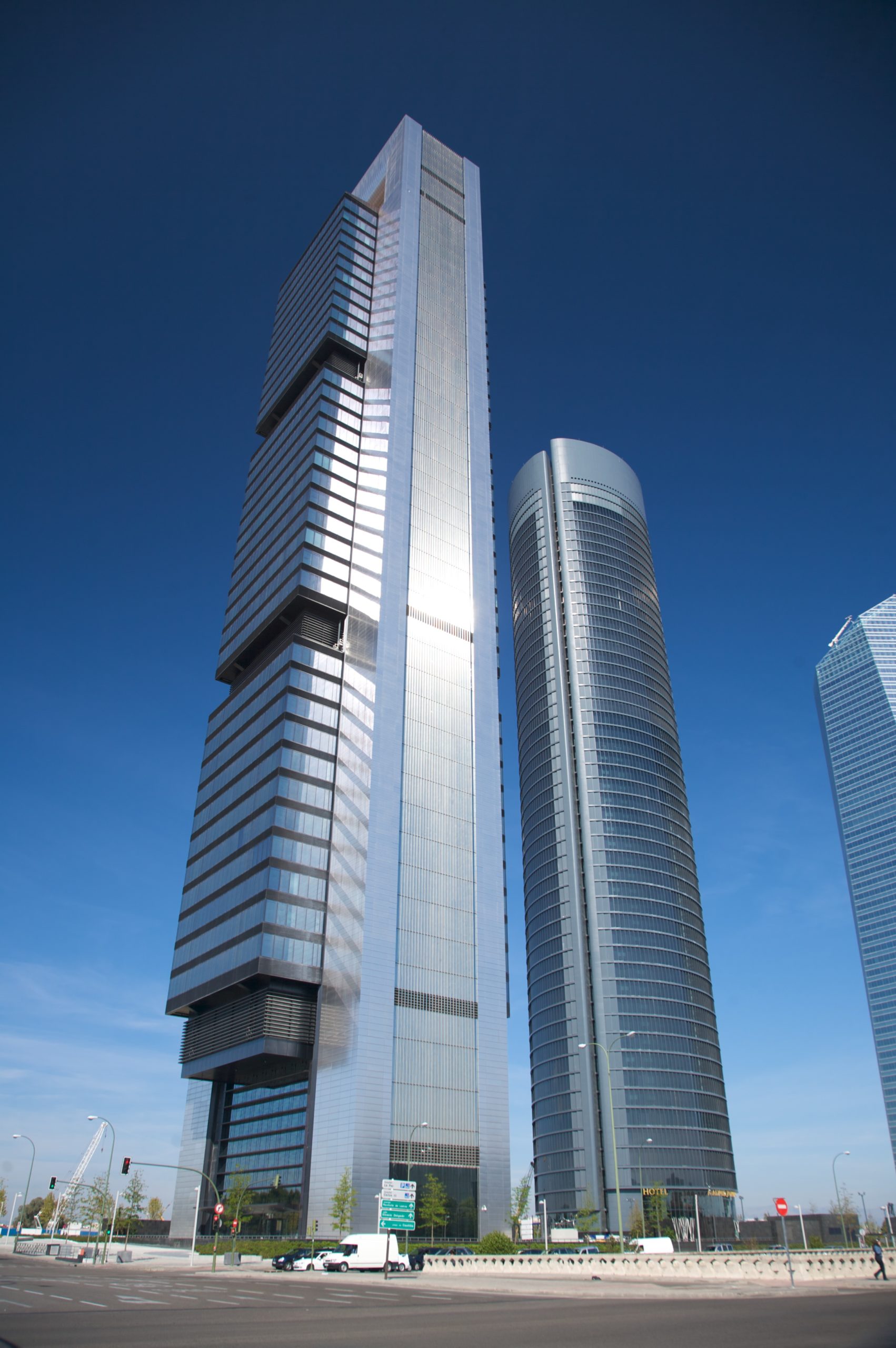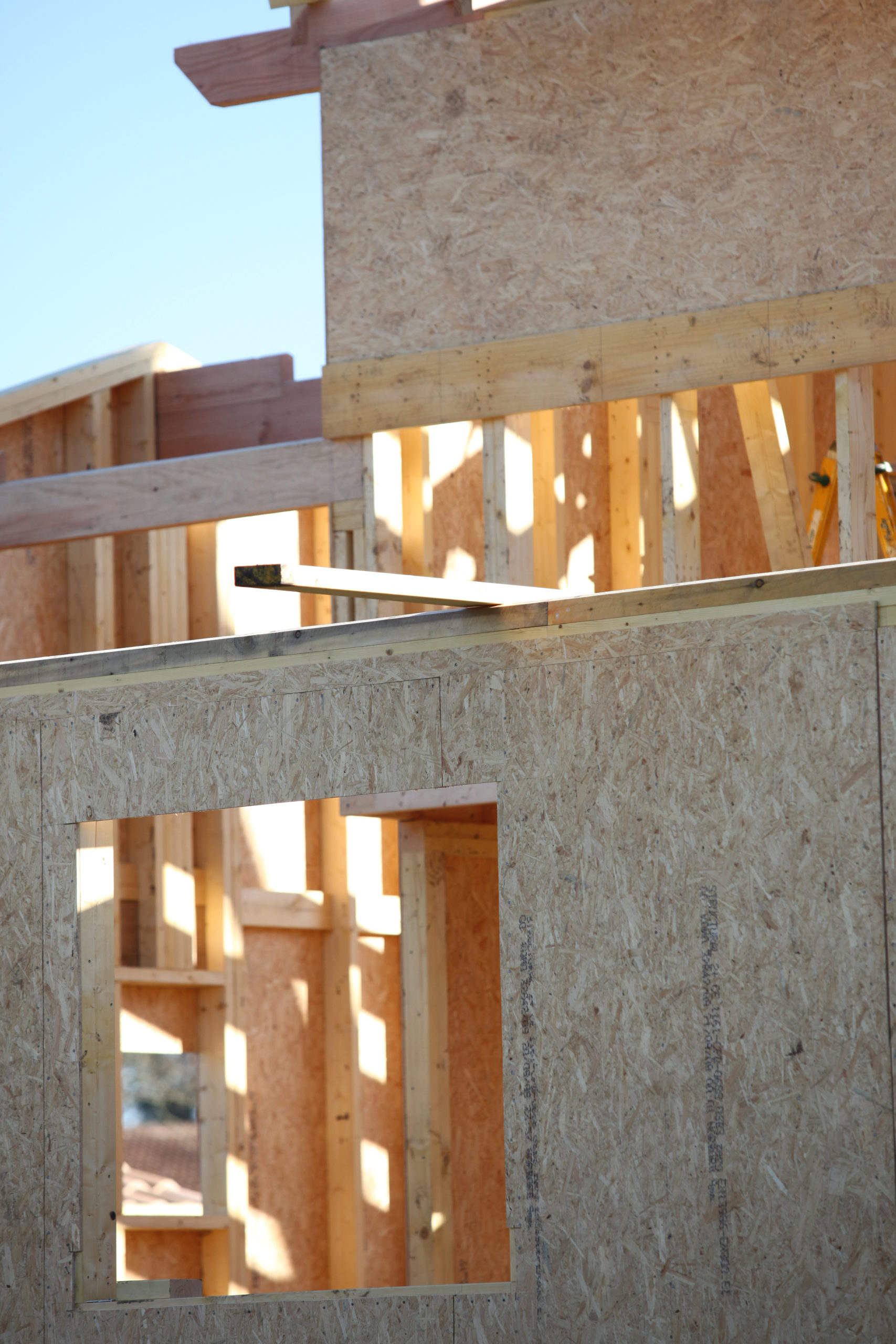When you need to build a structure of any size, you want to ensure the construction is strong and will be around for years. That desire for strength leads to the decision of the type of material used for the building.
Wood and metal are used in many construction projects. Each has its advantages depending on the building design, size, and location. The choice you make should meet the needs and purpose for the building project.


Which Material Is Best for Your Building?
Both metal and wood buildings come with their list of pros and cons. Deciding on the best option for you depends on your personal preference, budget, and specific needs. The following comparisons will help you determine which material is best for your building.
1. Durability
Wood is known for its strength and versatility. A high-quality built wood structure can withstand strong winds and most extreme weather conditions.
Metal buildings can also be strong and durable. They resist extreme temperatures and won’t warp in cold or hot weather. However, metal needs to be reinforced to resist high winds.
2. Maintenance
All buildings require some level of maintenance and upkeep throughout their lifespan. However, of the two materials, wood buildings require the most maintenance.
Property and building owners must consider the upkeep of their wood buildings. In particular, they require maintenance like repainting and repairing them, insect infestations, and possible rotting. Restaining or painting will need to take place every few years.
Metal buildings require almost no maintenance. They never require painting, and you won’t have to worry about frequent pest control. Over time your metal building may begin to rust and corrode when there is water damage or if you live in a rainy climate. Though metal can rust, dealing with rust or corrosion is less expensive and time-consuming than maintaining wood structures.
There are coatings and treatments that will minimize the damages and wear and tear on both metal and wood buildings. With proper maintenance and care, you can avoid rust and corrosion with metal buildings and rotting and insect infestations with wood buildings.
3. Insect Resistance
No material is resistant to everything. Wood buildings attract bugs and critters of all kinds and are prone to rot if exposed to too much moisture. Metal buildings are naturally insect and rot resistant. Metal does not have the same appeal to insects as wood does.
4. Customization
Steel buildings and wood buildings have very different styles and aesthetic values. Wood is the most commonly used building material. Wood feels traditional in a home or a commercial building. It evokes ideas of tradition and history. Wood can be customized to fit any architectural style, decor, and size.
Metal gives a more modern feel to a home or a building. Metal buildings are not easy to customize, however. If you plan to use it just for storage, then customization isn’t a factor.
Metal buildings can be designed for a much greater height than a wood building. Without metal, there would be no skyscrapers, office towers, airports, stadiums, or convention centers. Metal is what makes these large buildings possible. A lot of careful planning is required to build these types of structures.
5. Fabrication
The fabrication of metals and wood are two very different processes. Lumber for wood buildings needs to be harvested, then milled and shipped to its destination where it can be further cut and fabricated.
Metal materials, such as steel, are fabricated in one location from raw materials that have been shipped to the location. Metal buildings also have a shorter construction time. Steel buildings are delivered to a job site of your choosing ready to assemble. This allows contractors to erect a metal structure in a much shorter timeframe than wood.
6. Environmental Impact
The environmental impact of both building materials is not equal. Wood requires the cutting of trees, which can greatly harm the environment. However, wood is considered a renewable resource when it is harvested from sustainably managed forests. Wood is also a material that traps carbon. The more trees that are planted, the more carbon those trees store.
Unlike wood, almost all metals are recyclable, and no trees need to be cut. For example, steel can be reused again and again. Recycling metals does create pollutants that negatively impact the environment.
Trusted Construction Professionals
Both wood and steel are very strong and favorable building materials. The choice between which material to use is based on an individual’s preferences and what is most important to them when building their home or commercial space.
At RT Construction, we’ll listen to your needs, give you the best design advice, and build a quality structure. Contact us today for a free consultation.
